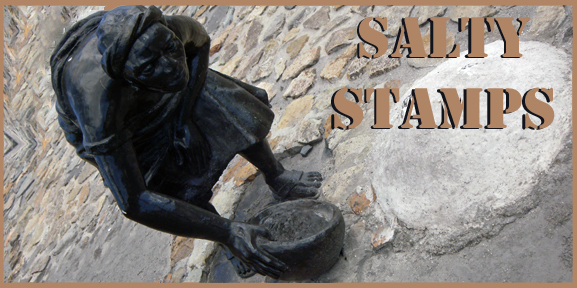Greece
Driving down the old National Road approaching Messolonghi - Etoliko drivers will see hills of salt, up to 15 metres high. These mark the Salterns of Messolonghi, the largest salterns in Greece. Two salterns, a smaller one belonging to the municipality and a larger one belonging to the national government, regularly produce 50-70% of Greece's salt. The sea water is collected in pans and then left to evaporate to leave behind the salt. In 2020 a Salt Museum was opened in Tourlida (an islet in the lagoon); it is located in a building that used to be a dormitory for the salt workers before being utilized as a warehouse storing hay for the horses that pulled the trolleys carrying the salt. The museum documents the local salterns' history, dating back to the 14th century. It has a collection of 1.500 salt shakers dating back to the 19th centuryand it teaches about 14.000 different uses of salt. It helps to promote local small businesses processing and selling Messolonghi salt and related products. These include the only fleur de sel in Greece which is produced at the Messolonghi salterns. On the surface of the pans, a thin crust of the first salt is createdand moved by the wind to the edges of the pan in the form of salt foam. It is called Afrina (from the Greek afros that means foam). The dried foam is collected exclusively by hand by specialized workers using wooden tools. The remainder of the salt is harvested by machine. Adding to the picturesque landscape associated with the salt pans are hot springs, flamingos, little fishermen's huts called pelades and flat bottomed boats called priaria.
Go to the Salty Stamps Home Page. Go to the Eclectic Philatelist Home Page. © Derrick Grose, 2024 |



